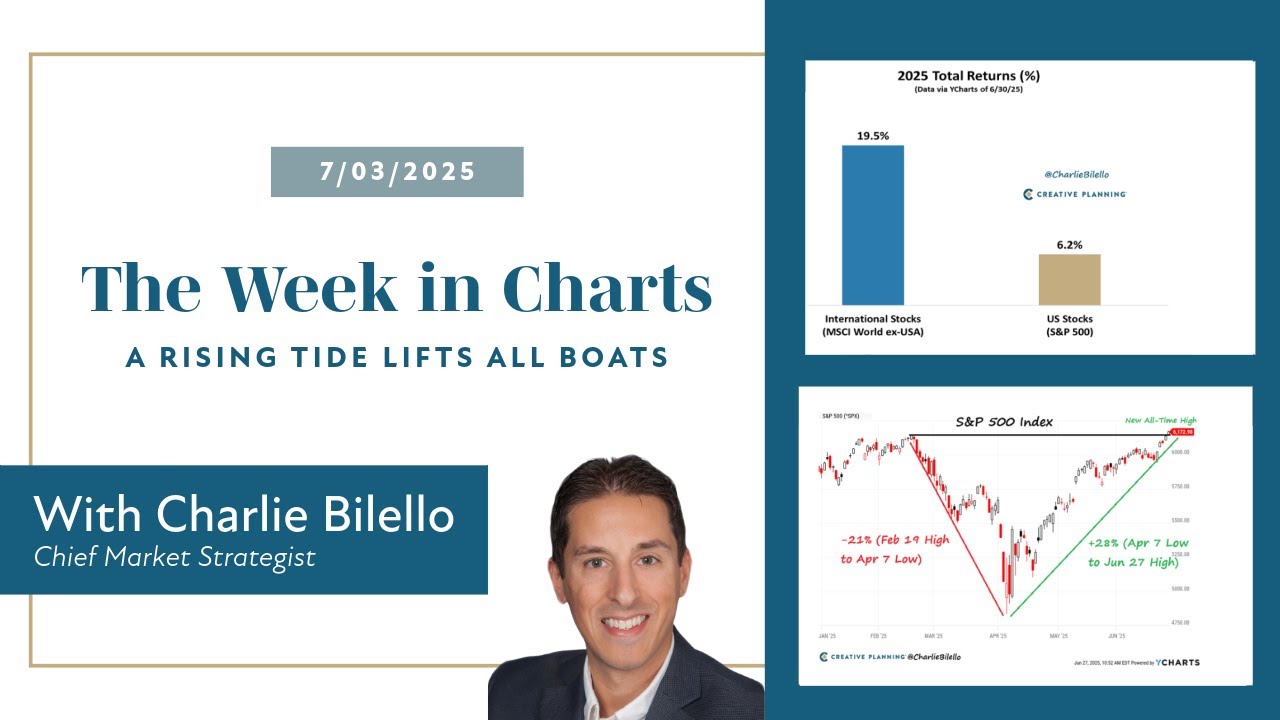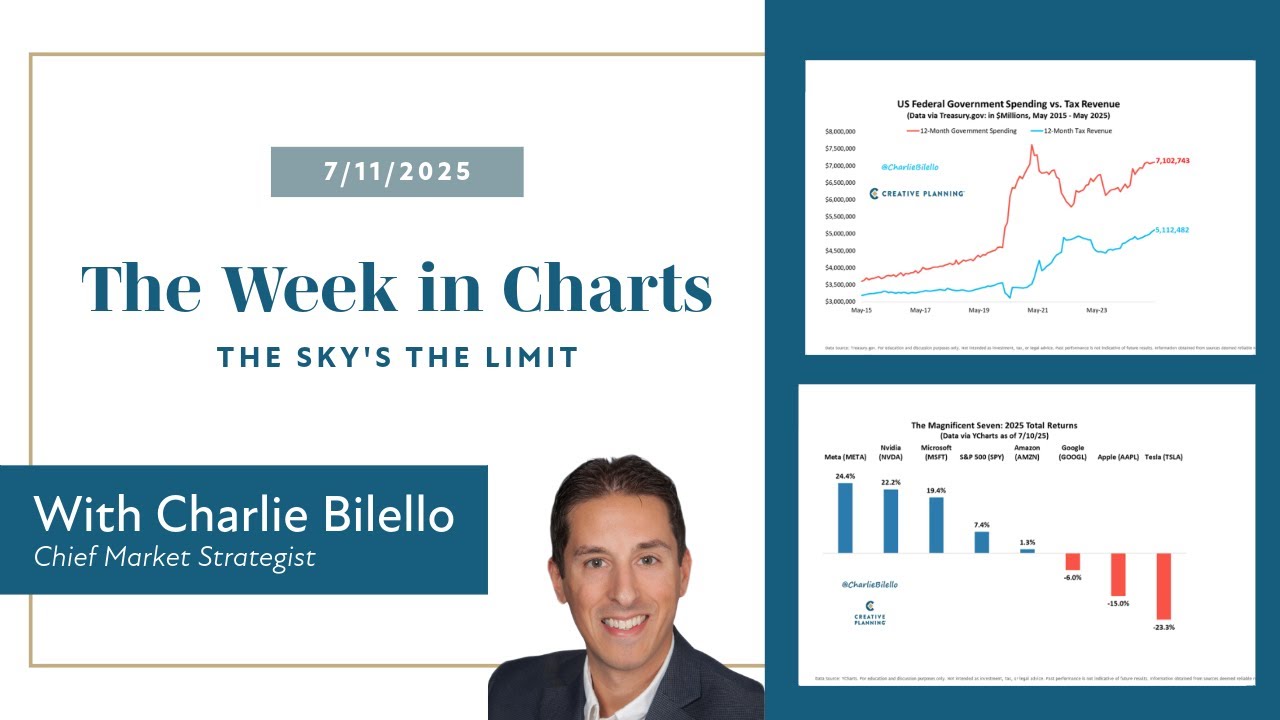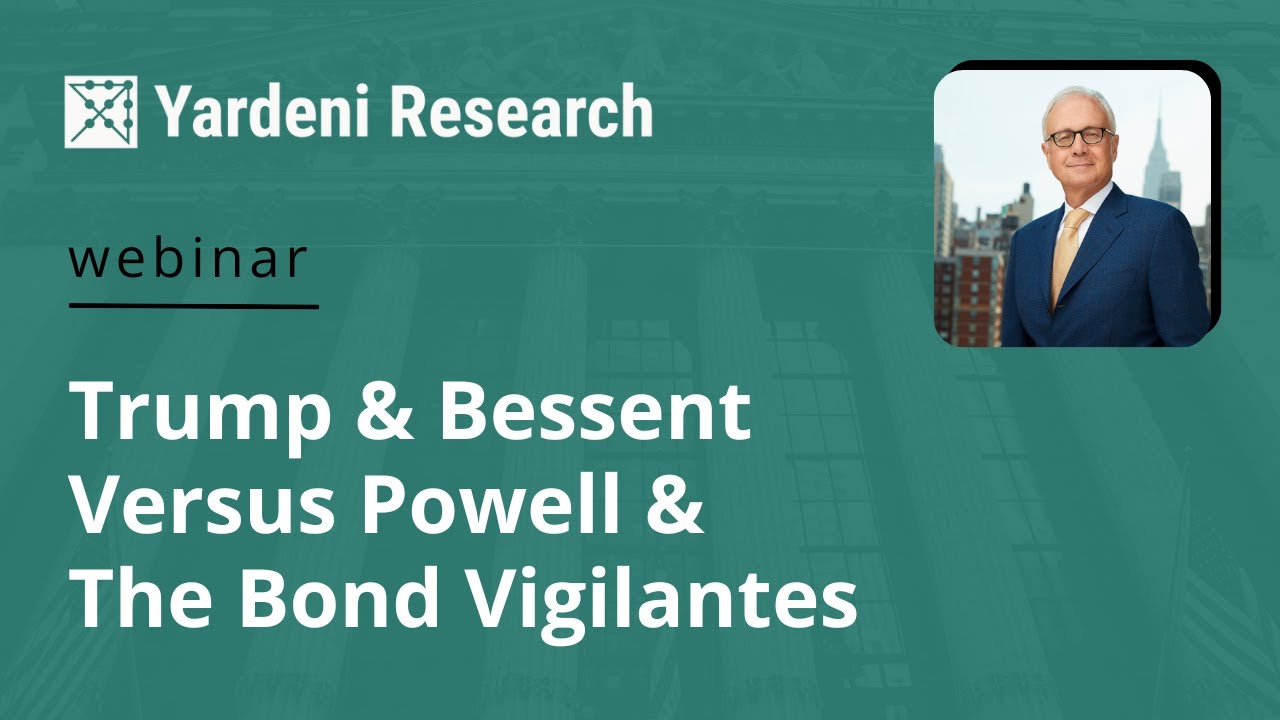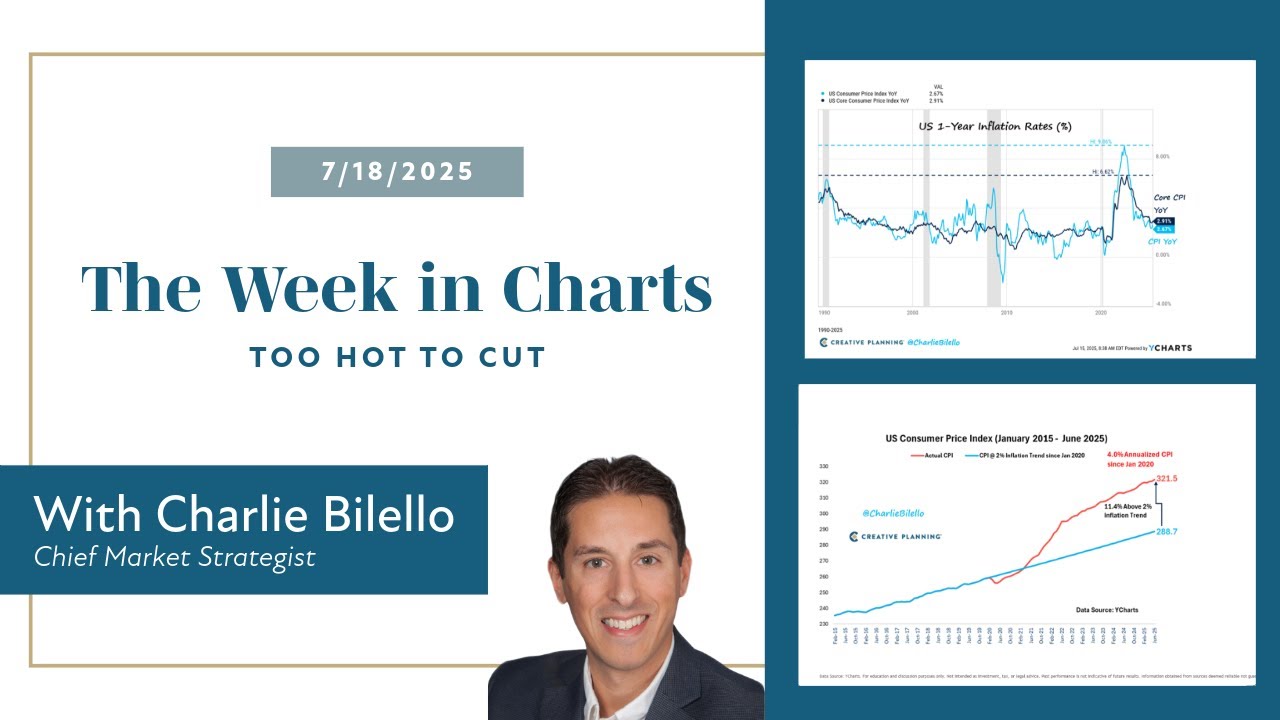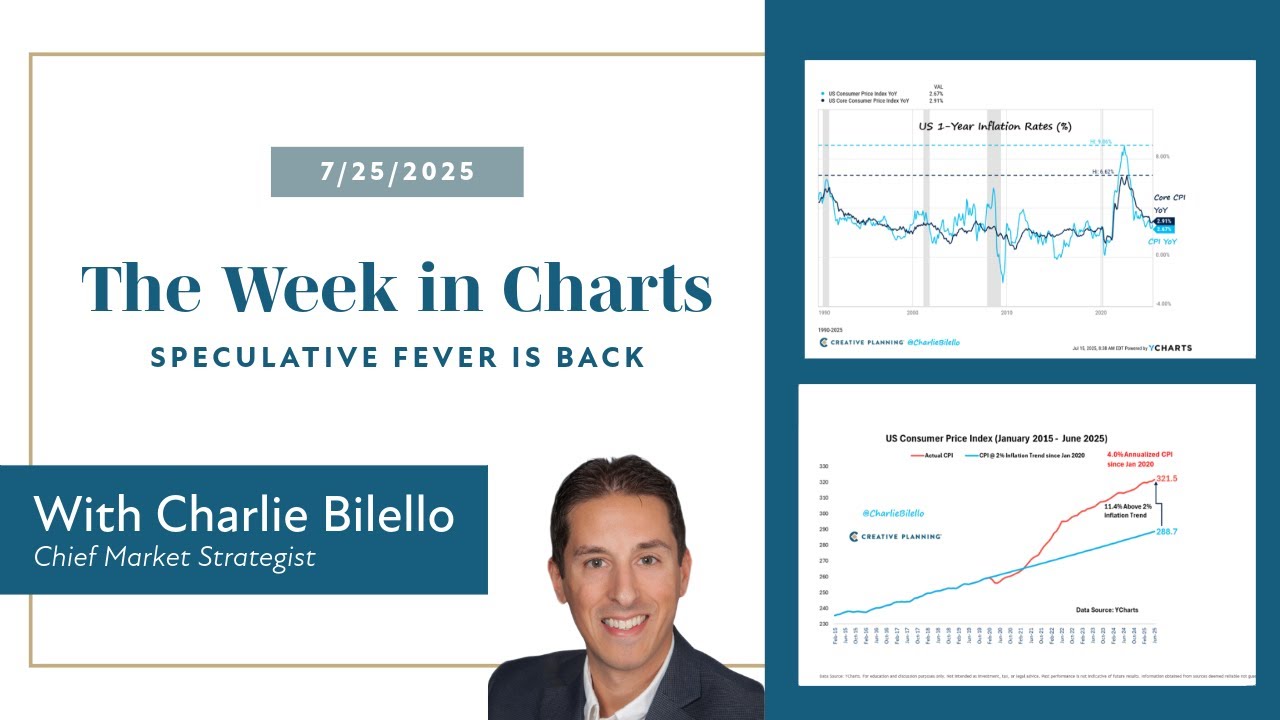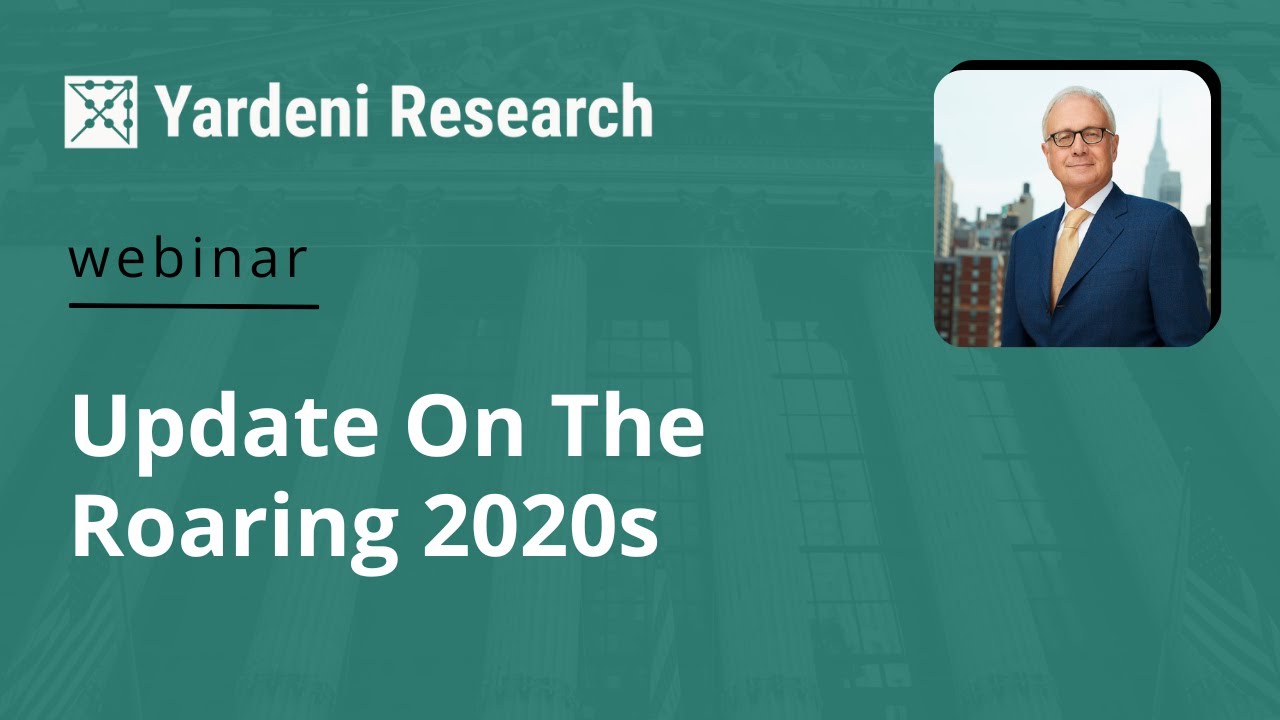This topic summarizes weekly macro briefings by firms such as BlackRock, Wells Fargo, JP Morgan, Charlie Bilello, Ed Yardeni e.t.c.
Weekly Macro Brief Week Ending June 23, 2025
- Tariff-driven inflation lag ending: With the effective tariff rate now at around 14.6 %, J.P. Morgan AM and Wells Fargo expect the delayed pass-through to push core PCE above 3 % in Q4, threatening to postpone Fed easing.
- Two Fed cuts pencilled in, but strictly data-dependent: The FOMC kept rates at 4.25 – 4.50 % and still signals two cuts for 2025, yet Chair Powell stressed that the path hinges on incoming inflation and labour data (Wells Fargo; Charlie Bilello; J.P. Morgan AM).
- Energy-supply risk back, but capped: Israeli strikes on Iran lifted oil +10 %; a Hormuz shutdown could send Brent > $100, though ample OPEC+ spare capacity and U.S. shale may limit a prolonged spike (J.P. Morgan WM; BlackRock).
- Growth mixed: strong headline, soft under-the-hood: Net-export reversal from tariff front-running keeps Q2 GDP tracking > 3 %, yet May retail sales –0.9 % and industrial output –0.2 % reveal cooling momentum (Wells Fargo; Charlie Bilello).
- Defense boom & China détente cushion sentiment: The EU’s 3.5 %-of-GDP defense push and a limited U.S.–China deal (visas, rare-earths, lighter export curbs) reduce supply-chain risk and help steady the USD (–9 % YTD) (BlackRock BII; J.P. Morgan WM).
Weekly Macro Brief Week Ending July 7, 2025
- Tariff fog returns, but shock delayed: The July 9 deadline to reinstate suspended “reciprocal tariffs” passed with no escalation; only two countries (UK, Vietnam) secured deals. The administration appears to be unofficially extending the pause to August 1, preserving uncertainty for Q3 CPI, earnings margins, and global supply chains. (Wells Fargo, J.P. Morgan AM, BlackRock)
- Labor market is cooling slowly: June added +147K jobs, but ~50% of gains came from state/local government. Private sector hiring is weak, and continuing claims are at 3-year highs. The Fed is unlikely to cut in July, but a September or December cut remains plausible as wage inflation stabilizes and hiring broadens. (Wells Fargo, Merrill/BofA, Charlie Bilello)
- V-shaped recovery broadens: The S&P 500 is up +30% off the April 8 lows, fully retracing the tariff drawdown. Small caps and broader sectors are now contributing. Yardeni sees S&P 6,500-7,000 as plausible in a melt-up driven by valuation expansion and AI-led growth momentum. (Ed Yardeni, Charlie Bilello)
- Weakening dollar shifts leadership – but Yardeni dissents: The DXY dollar index is down ~7% YTD, fueling an 8.4% FX boost to non-U.S. equity returns and helping drive a *19% YTD return for MSCI ACWI ex-U.S. JPMorgan sees structural risks to U.S. capital flows and further downside in the dollar. Yardeni disagrees, arguing that deep U.S. capital markets, global reserve demand, and competitive advantages still provide fundamental support; he is not bearish on the dollar despite the consensus. (J.P. Morgan AM, Charlie Bilello, Ed Yardeni)
Sources:
Wells Fargo Weekly Economic & Financial Commentary
BlackRock Weekly Commentary
J.P. Morgan: The Investment Implications of a Falling Dollar
Merril Lynch: Capital Market Outlook
Weekly Macro Brief Ending July 14, 2025
- Tariff impact is a slow-fuse risk, not fully priced in: Wells Fargo estimates effective U.S. tariff rate is set to jump from around 16% to around 22% by August 1, driven by new country and sector-level hikes. CPI effects are just beginning; full passthrough could hit by Q3–Q4.
- The fiscal picture is worsening despite rising tariff revenues: The deficit is rising faster than expected. Charlie Bilello and Ed Yardeni highlighted that U.S. debt surged $410B in one week post-OBBB Act passage, and that much of the Treasury’s new financing is concentrated in short-term bills, resembling quasi yield-curve control. Bilello estimates interest costs could push the total impact of the bill above $4T.
- Markets are rallying into a fragile melt-up: Despite tariff escalation and fiscal risks, the S&P 500 hit its 8th ATH of the year and the VIX dropped to 15. Charlie Bilello and J.P. Morgan Wealth Management noted that investors are heavily focused on AI, resilient earnings, and the potential for Fed easing, but this optimism could prove vulnerable to inflation or earnings disappointments.
- Capex and AI spending are the bright spot, but could overheat: J.P. Morgan Wealth Management highlighted the impact of 100% expensing in the OBBB Act, fueling a data center construction boom. Ed Yardeni warned that this surge in AI infrastructure could eventually lead to overcapacity if actual productivity or AI returns disappoint.
Sources:
https://wellsfargo.bluematrix.com/links2/html/e286061b-a6a4-41b0-833f-fbeca38ba0f7
Weekly Macro Brief Ending July 22, 2025
-
Tariffs as stealth fiscal policy. The Trump administration brought in $88B in tariffs over the past 3 months (~$300B annualized at 10%), and Trump is now floating a 20% baseline- potentially doubling that haul. Markets still assume a rollback, but a lasting 20% regime would materially raise inflation and compress margins. [WF][CB][EY]
-
Fed stuck in neutral. Core CPI ticked up to 2.9% y/y in June, the highest since February. Markets now assign <5% probability of a July cut and remain split on September. Powell under fire, but Fed unlikely to act unless job market rolls over. [WF][CB]
-
Earnings may surprise to the upside. Q2 earnings bar has been lowered amid tariff-related guidance fog. Yardeni notes earnings forecasts for 2025–26 have stabilized near $260–300/share, consistent with a 6,000–6,500 S&P. [EY]
-
Inflation risks reawaken. Real-time CPI pressures are re-emerging as front-loaded Q1 imports run out. Tariff passthrough is now visible in goods CPI ex-autos (up 0.2% m/m), with July CPI tracking 3.0%. There is tariff pass-through risk of around 0.6–1.0 ppt boost to core CPI by Q4. Shelter CPI easing, but transportation, food, and insurance costs remain sticky. [WF][CB]
-
Fiscal saturation point in sight. U.S. issuing ~$500B of debt weekly. Long-end yields steady near 5% but vulnerable to supply/demand shifts, especially if foreign demand falters. [BLK]
Sources:
https://wellsfargo.bluematrix.com/docs/html/c66e7c1f-e74e-436c-b868-89d5362ea841.html
Weekly Macro Brief Ending July 28, 2025
- Tariff pass-through still loading. J.P. Morgan WM estimates the effective tariff rate was around 8% as of June, well below the announced tariff rate of around 17%, as U.S. firms and consumers share the cost burden. Core goods CPI (ex-autos) rose +0.2% m/m, with broader July CPI tracking around 3.0%. [JPM WM|CB]
- Fed likely on hold, tone may soften. Charlie Bilello notes markets assign a 97% probability of no rate change on July 31. Ed Yardeni expects Powell to avoid dissent by signaling openness to a September rate cut, depending on inflation and labor data. [CB|EY]
- Earnings outperform muted expectations. Yardeni notes analysts are maintaining 300 EPS forecasts for 2026, implying S&P 6,600 at a 22x forward multiple. Q2 earnings are tracking +7–8% y/y, with 79% of firms beating estimates. [EY|JPM WM]
- Foreign demand for U.S. assets remains strong. Yardeni highlights $1.7T in net private foreign purchases of U.S. securities over 12 months through May, including $600B in equities and $540B in Treasuries, easing concerns over U.S. funding risks. [EY]
Sources:
Weekly Macro Brief Ending August 5, 2025
- Fed division emerges: The FOMC held rates at 4.25% to 4.50%, but Waller and Bowman dissented in favor of a cut, marking the first dual dissent since 1993. Markets now price in 50 basis points of cuts by year-end, though Powell remains noncommittal. [WF][MER]
- Tariffs face legal threat: Trump’s 33-agreement tariff regime, now with an effective rate of around 15 to 18 percent, risks being invalidated if the Federal Circuit Court rules against his IEEPA authority in a pivotal hearing on August 8. A ruling is expected by September. [EY][JPM-WM]
- Labor market softening: July payrolls disappointed with a 73,000 gain, and revisions slashed prior job gains by over 250,000. Participation is falling, especially among immigrants, signaling tighter labor supply and long-term inflation pressure. [WF][JPM-AM]
- Weaker dollar cushions tariff blow: A 7 percent Q2 decline in the dollar index boosted multinational earnings. S&P 500 EPS is up about 8 percent year over year, with firms like Meta, Microsoft, and Netflix revising guidance higher. [MER][BLK]
- Growth clearly decelerating: Q2 headline GDP rose 3.0 percent annualized, but core domestic demand grew just 1.1 percent. ISM Manufacturing fell to 48.0. Wells Fargo and Merrill see resilience, but fading momentum. [WF][MER]
Sources:
https://wellsfargo.bluematrix.com/docs/html/a81913d1-14cc-40b0-a9c5-4b0dde98dd26.html
https://mlaem.fs.ml.com/content/dam/ML/ecomm/pdf/CMO_Merrill_07-28-2025_ada.pdf
Weekly Macro Brief Ending August 12, 2025
- Tariffs shift from shock to slow-burn risk: Trump’s August 1 “Liberation Day 2” reset raised reciprocal tariffs to 10-41% across 60+ countries, with carve-outs for strategic firms. Average effective tariff rate now around 18% [WF], but could rise to around 25% if semiconductor and pharma duties materialize. Markets are largely shrugging, betting on carve-outs, reversals, or court intervention [JPM-WM][CB][EY]. A delayed inflation impact is likely once Q1 front-run inventories deplete [WF][JPM-AM].
- Labor market soft patch may flatter productivity: July payrolls +73k with -250k in revisions; 3-month average down to around 35k. Weakness partly tariff/policy uncertainty on demand side and tighter immigration on supply side [WF][EY]. Real GDP in Q2 still +3% [EY]. Yardeni sees potential for strong Q2 productivity rebound (2–2.5%) acting as an inflation cushion.
- Inflation set to re-accelerate modestly into year-end: JPM-AM sees core CPI rising from 2.8% (July) to 3.5% by Q4 2025 as tariffs pass through, dollar weakens, and fiscal stimulus kicks in. Tariffs alone could add around 1 ppt to the consumption deflator through mid-2026 [JPM-AM]. Shelter and energy trends are temporary offsets.
- Fed easing likely despite data ambiguity: Futures price ~90% chance of 25bp September cut and at least one more in 2025 [JPM-WM][CB]. Political pressure and weak jobs print push toward easing, even though inflation expectations are moving up [JPM-AM][EY].
Sources:
https://wellsfargo.bluematrix.com/links2/html/bb290147-24b2-40a3-85cf-a4f6030988e7
I finally had the time to watch both videos of the week.
Both are good.
Yardeni is more in-depth and commenting on recent developments. I found it quite useful for getting an impression on what happened and I liked his detailed interpretations and focus areas e.g. on the strengths of the consumers. He was overall more deeply focused on the economy and shares concrete projections and opinions.
The discussion between Charlie Bilello and Peter Mallouk was focused more on high level and larger trends. While it lacked the depths and projections of Yardeni it provided an interesting overview.
Going forward I will likely watch Yardeni when I have some time and explore if the discussion format between Bilello and Mallouk can provide enough value over time to consistently have a look.
Weekly Macro Brief Ending August 26, 2025
- Fed easing bias intact, but risks rising: Powell’s Jackson Hole speech kept a September cut on the table, citing labor-market weakness, but inflation is edging back up toward 3%. Markets price an 85–90% chance of a cut; dissenters warn of bond-vigilante pushback. [WF][EY][CB]
- Housing drag intensifies: U.S. housing affordability gap at record 57% (income vs median home cost). Inventories back to 2019 highs, price growth stalling. Housing-related weakness risks spilling into consumption and jobs. [WF][CB]
- Refund surge: JPM estimates $100bn+ in 2026 tax refunds due to backdated OBBBA provisions, adding around 0.5 to 0.8 ppt to Q1 GDP. Supports near-term growth, but is temporary stimulus and risks prolonging inflation above 3%. [JPM-AM]
- Tariffs are sticky: Effective U.S. import tariff rate has jumped to 18.6% from 2.5% long-run average; U.S. deficit likely to hit 50th consecutive year. [MER]
- Earnings resilience continues: S&P 500 Q2 EPS growth tracking around 11% y/y vs 3.5% expected. Forward EPS at record highs; valuation stretched (S&P 500 forward PE 22.5), but 493 ex-Mag7 still at ~19x. [EY]
Sources:
https://mlaem.fs.ml.com/content/dam/ML/ecomm/pdf/CMO_Merrill_08-18-2025_ada.pdf
